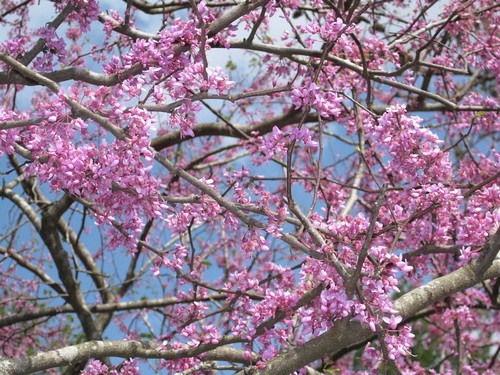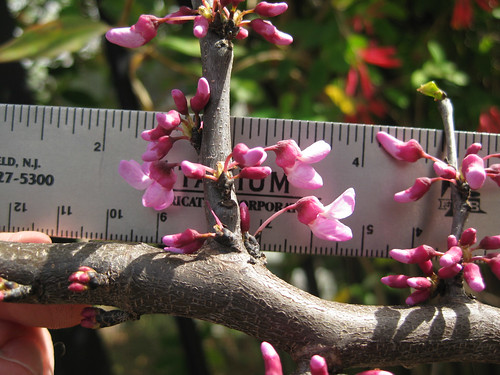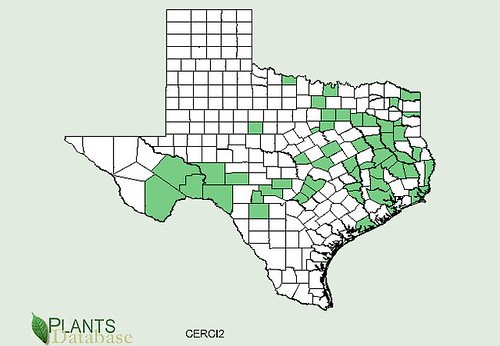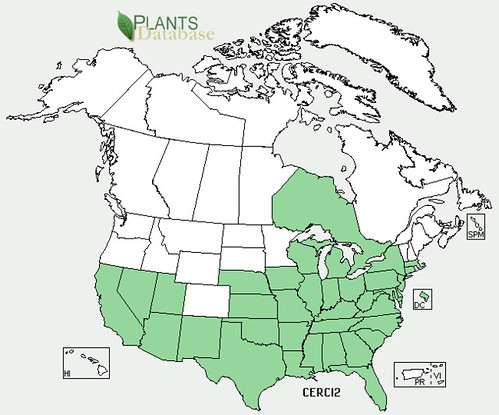Abundance: plentiful
What: open flowers, young seedpods
How: flowers raw or cooked, young seedpods cooked
Where: often landscaped or wild
When: flowers spring, young seedpods after flowers
Nutritional Value: Flowers contain assorted vitamins, minerals and antioxidants. Seeds have protein.
Redbud in bloom

Edible flowers

Close-up of open flowers and closed flower buds.

Edible seed pods

Redbud leaves

North American distribution, attributed to U. S. Department of Agriculture.

Often used as a landscaping plant, Redbuds can be found more often in urban/suburban locations but they can also be found in the wild. They are unmistakable in the early spring when the are sheathed in a cover of purple flowers and no leaves.
The flowers of redbud trees are wonderfully tasty with a fresh, slightly sweet flavor. The opened flowers are sweeter than ones still closed up in a bud. They add a wonderful dash of color to salads and other dishes.
The young seedpods, while still purple in color, can be used as peapods raw or better yet in stir-frys. They mature quickly and become become stringing, tough, and somewhat bitter. They can be frozen when still tender but blanch them in boiling water first.
Buy my book! Outdoor Adventure Guides Foraging covers 70 of North America's tastiest and easy to find wild edibles shown with the same big pictures as here on the Foraging Texas website.


